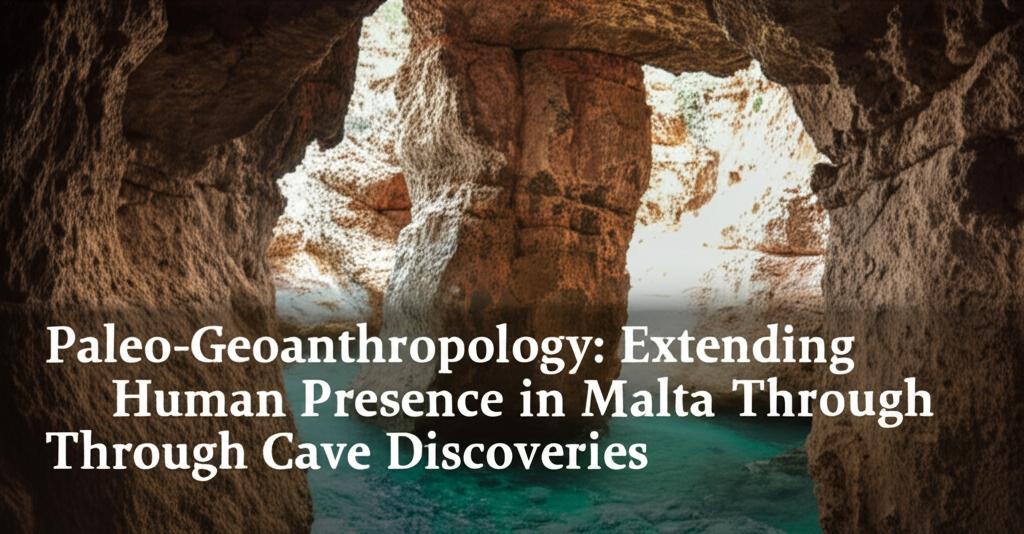Recent archaeological discoveries in Malta are reshaping our understanding of the island's prehistory, pushing back the timeline of human presence by a remarkable 1,000 years. Excavations at Latnija Cave in Mellieħa, a site in the northern region of Malta, have unearthed compelling evidence of Mesolithic hunter-gatherers inhabiting the island at least 8,500 years ago. This fundamentally alters the long-held belief that the first settlers were Neolithic farmers who arrived approximately 7,500 years ago.
A team of researchers, including Professor Eleanor Scerri from the Max Planck Institute of Geoanthropology and the University of Malta, and Professor Nicholas Vella from the University of Malta's Department of Classics and Archaeology, have led this groundbreaking research. Their findings, published in the prestigious journal Nature in April 2025, detail the discovery of stone tools, hearths, beds of ash, and cooked food waste, including the remains of a diverse range of wild animals.
These discoveries indicate that hunter-gatherers were capable of significant maritime voyages, crossing at least 100 kilometers of open sea, likely in simple dugout canoes, to reach the Maltese archipelago. This feat is considered the oldest evidence of true long-distance seafaring in the Mediterranean before the invention of boats with sails. These early seafarers would have relied on sea currents, prevailing winds, and celestial navigation.
The evidence from Latnija Cave paints a picture of a resourceful community subsisting on a varied diet. They hunted and consumed local wildlife such as red deer (previously thought to be extinct by this period), tortoises, and various bird species, some of which are now extinct. Crucially, the findings also show extensive exploitation of marine resources, including seals, fish like grouper, and thousands of edible marine gastropods, crabs, and sea urchins, all showing clear signs of being cooked. This diverse diet highlights their adaptability to both terrestrial and marine environments and careful resource management.
This new Mesolithic chapter in Malta's story suggests that the first farmers to arrive on the islands encountered a landscape already influenced by human presence. The research indicates that some animal species associated with Għar Dalam cave, such as foxes, red deer, and tortoises, were likely still present when these Mesolithic hunter-gatherers arrived.
The meticulous excavation at Latnija Cave, which began in 2019 and spanned five years, employed state-of-the-art methods in archaeological science, including radiocarbon dating of charcoal and animal remains, analysis of ancient DNA from sediments, protein fingerprinting of bone fragments, and examination of fossil water geochemistry in cave formations to understand past temperature and rainfall. The unique preservation of the site, likely due to a roof collapse in the cave sealing the deposits, has provided an invaluable window into this earlier period of human activity.
The significance of these findings extends beyond Malta, prompting a re-evaluation of the seafaring capabilities and interconnectedness of Europe's last hunter-gatherer communities across the Mediterranean. It also raises new questions about the ecological impact these early humans may have had on island ecosystems and the extinction of endemic species.
Latnija Cave has now been officially added to Malta's National Inventory, recognizing its exceptional archaeological and historical value and ensuring its protection. Ongoing research promises to reveal even more about these early inhabitants and their place in the broader narrative of human prehistory. This discovery firmly roots Malta in a much deeper human story, connecting it to the wider saga of humanity itself.
While these new findings dramatically push back the date of initial human presence, research also continues at other significant sites like Għar Dalam. Għar Dalam is renowned for its rich deposits of Pleistocene-era animal bones, including dwarf elephants and hippos. Studies there focus on understanding island evolution, the process of animal dwarfing in relation to past climate change and sea-level fluctuations, and the chronology of different species' presence. Integrated geophysical and geomatic studies are also being employed at Għar Dalam to explore the subsurface of the cave and its surroundings for further archaeological and paleontological prospects.

